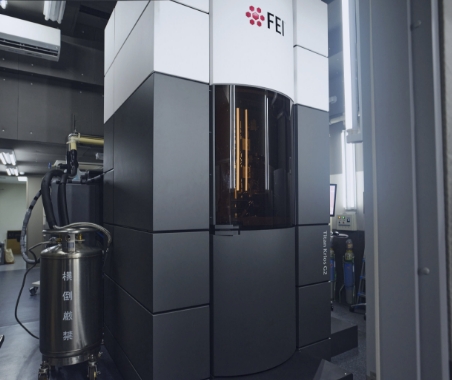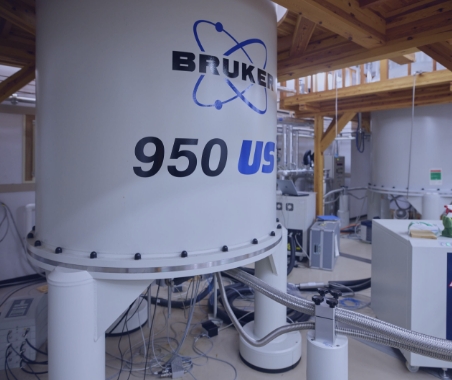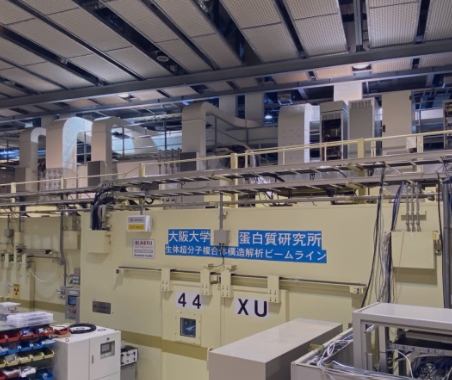![]()
JOINT USAGE / RESEARCH CENTER
2024.10.16
Protein Research Help Desk “P-CONCIERGE”Protein Research Help Desk “P-CONCIERGE”
News
- 2024.10.22 Open call for collaborative research projects
- 2024.10.16 Collaborative project of IPR Joint Usage / Research Center and PRiME, Ehime Univ.
- 2024.10.16 Collaborative project of IPR Joint Usage / Research Center and Frontier of Spin Life Sciences (Spin-L)
- 2024.10.16 Protein Research Help Desk “P-CONCIERGE”
CONTACT
Project Team of Joint Usage / Research Center,
Institute for Protein Research, The University of Osaka
3-2 Yamadaoka, Suita, Osaka 565-0871, JAPAN















